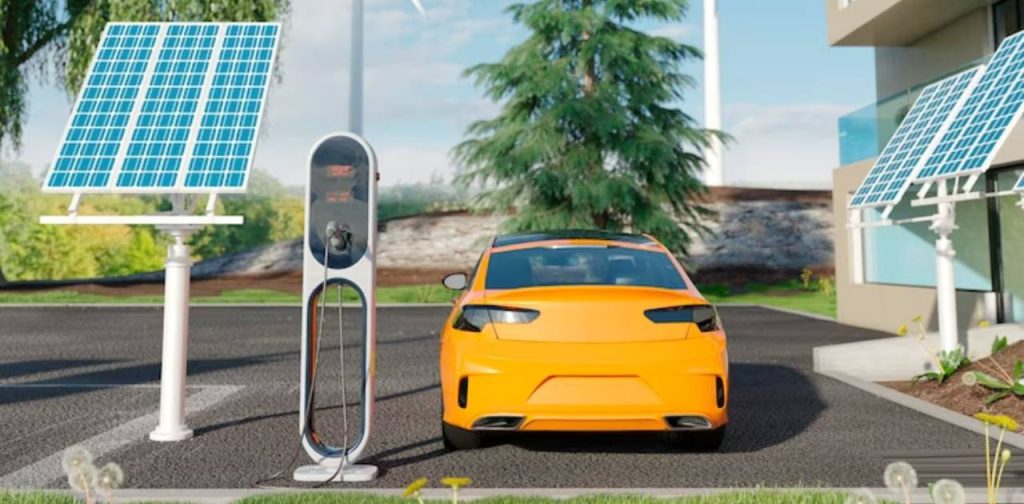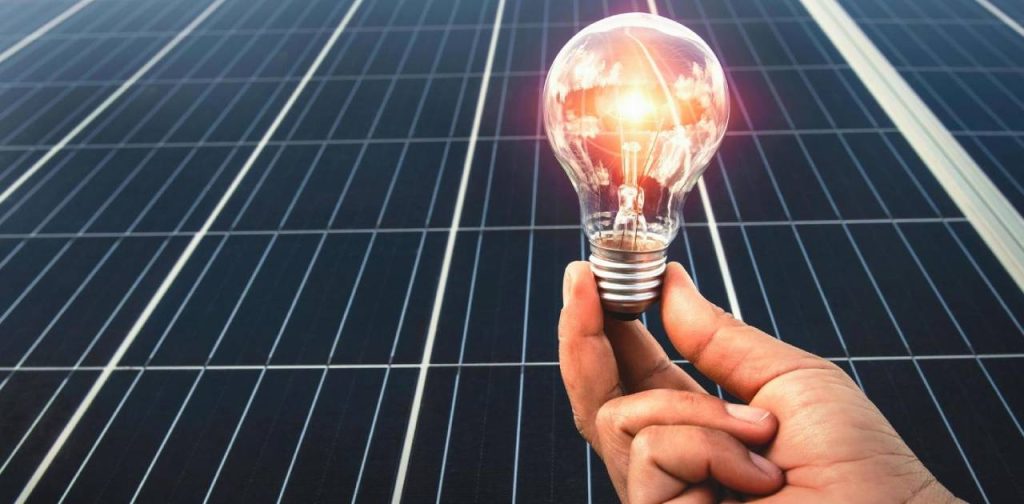Economic Benefits of Solar Energy in Reducing Carbon Footprints
Introduction The increasing awareness about climate change and the role of carbon emissions in accelerating global warming has led to a surge in the demand for renewable energy sources. Among these, solar energy stands out as a sustainable and abundant source of power. This blog post will explore the role of Benefits of Solar Energy in reducing our carbon footprint. Solar Energy: A Clean Alternative Solar energy is a form of renewable energy that harnesses the power of the sun to generate electricity. Unlike fossil fuels such as coal and natural gas, solar energy does not release harmful greenhouse gases into the atmosphere. This makes it a clean and environmentally friendly alternative to traditional energy sources. Reducing Carbon Emissions Benefits of Solar Energy in reducing our carbon footprint is by displacing the use of fossil fuels. The burning of fossil fuels for electricity generation is one of the largest sources of carbon dioxide (CO2) emissions, a major contributor to global warming. By using solar panels to generate electricity, we can significantly reduce the amount of CO2 released into the atmosphere. Energy Production and Consumption Another way solar energy reduces our carbon footprint is through decentralized energy production. Traditional power plants are usually located far from residential areas, which leads to energy loss during transmission. Solar panels, on the other hand, can be installed directly on rooftops, allowing for local energy production and consumption, thus reducing energy waste. Sustainable Development Solar energy also promotes sustainable development. It is a renewable resource, meaning it won’t run out like fossil fuels. Moreover, the operation of solar panels does not pollute the air or water, and they require less water compared to conventional power plants. Conclusion In conclusion, solar energy plays a crucial role in reducing our carbon footprint. It offers a clean, renewable, and sustainable alternative to fossil fuels, helping us combat climate change and move towards a greener future. As technology continues to advance, solar energy will become even more efficient and accessible, further solidifying its role in our sustainable energy future.














